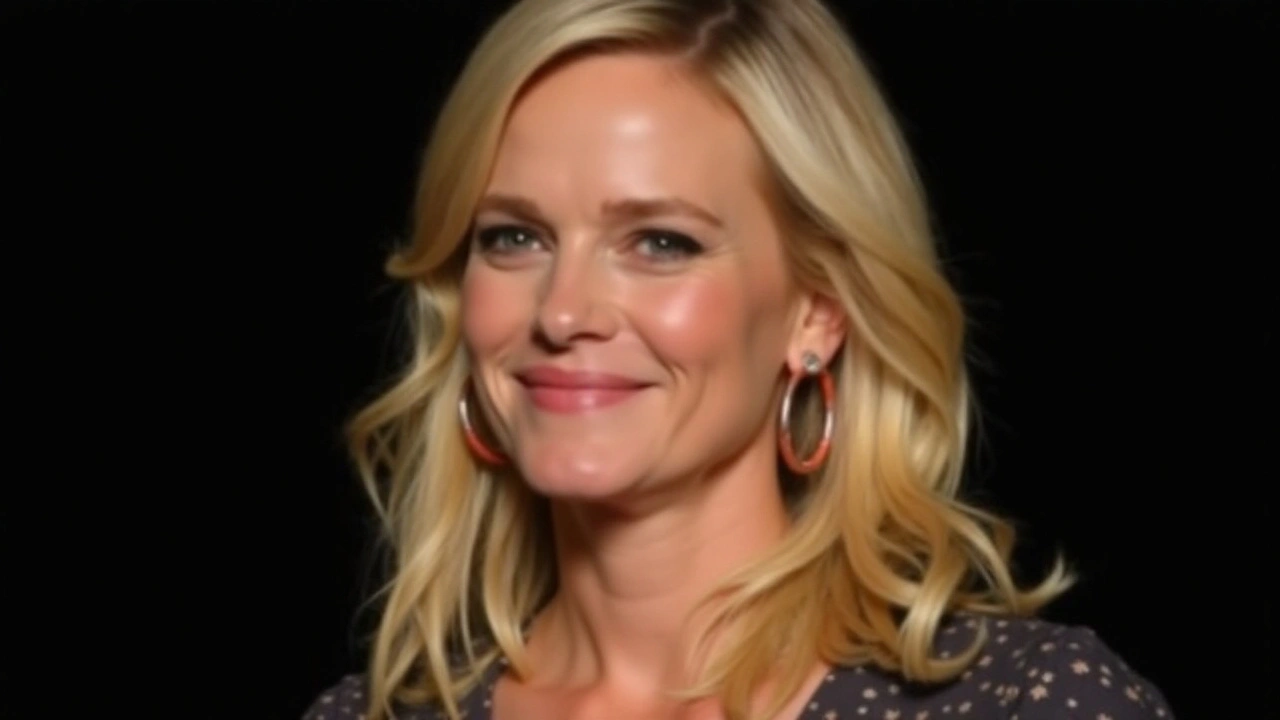Sex Scenes Explained – Why They Matter in Movies and TV
If you’ve ever wondered why a film spends minutes on an intimate moment, you’re not alone. Sex scenes are more than just eye‑candy; they can shape story, reveal character, and set the mood for what comes next. In this guide we’ll break down why creators use them, how they’re shot safely, and what viewers should pay attention to.
Storytelling Power of Intimacy
A well‑placed sex scene can tell you a lot about a character without a single line of dialogue. It shows desire, vulnerability, power dynamics, or even betrayal. Think about a romance that suddenly turns dark – the bedroom becomes a battleground, not just a setting. Filmmakers use lighting, camera angles, and pacing to turn a simple act into a clue about where the plot is headed.
Behind‑the‑Scenes: How They’re Made Safe
You might assume these moments are chaotic, but most productions follow strict protocols. Intimacy coordinators work with actors to map out movements, consent boundaries, and comfort zones before any camera rolls. Closed sets limit onlookers, and stunt doubles step in for risky shots. This careful planning keeps everyone safe while still delivering the visual impact audiences expect.
For viewers, understanding these safeguards can change how you watch. Knowing a scene was rehearsed and consent‑based adds depth – it’s not just about shock value, it’s about storytelling done responsibly.
Another reason sex scenes stick in memory is their cultural relevance. They often spark conversation about societal norms, gender roles, or taboo topics. A controversial scene can push boundaries, prompting debates that last long after the credits roll. That buzz can boost a film’s visibility and even influence future media trends.
When you’re watching a new series, ask yourself: What does this intimate moment reveal? Is it moving the plot forward or simply filling time? Look for cues like changes in music, close‑ups on faces, or lingering shots. Those details hint at what the director wants you to feel – excitement, tension, or maybe discomfort.
In short, sex scenes are a tool, not an afterthought. They can deepen character arcs, highlight themes, and spark cultural dialogue when handled with care. Next time you see one, pause for a second and think about the story it’s trying to tell. You might notice layers you missed before.
Whether you love or loathe them, sex scenes have earned their place in modern storytelling. By respecting both creative intent and performer safety, filmmakers can keep this element powerful and meaningful rather than gratuitous.

Nicole Kidman's Insights on Intense Filming of Sensual 'Babygirl' Scenes
Oct 25, 2024 / 9 Comments
Nicole Kidman has shared her challenging experiences in filming intimate scenes for 'Babygirl', a drama that sees her portraying a powerful CEO entangled in a complex affair. The story depicts her navigating intense emotional terrain with co-stars Antonio Banderas and Harris Dickinson. These scenes pushed Kidman to emotional limits, exploring uncharted territories in her acting career.
READ MORERECENT POSTS
- Tinubu Declares End to Petrol Subsidy and Multiple FX Rates: A New Dawn for Nigeria's Economy
- Escaped inmate Derrick Groves captured in Atlanta after 146‑day manhunt
- Devil May Cry Anime Set to Make a Splash on Netflix in 2025
- SpaceX's Crew-9 Returns Home After Epic 286-Day Mission With a Surprise Dolphin Welcome
- ODM Leaders Accuse Governor Orengo of Sabotaging Ruto-Odinga Unity Pact
